Electric bikes offer a convenient and sustainable mode of transportation that combines the benefits of cycling with the ease of electric power. However, one common question that arises among potential buyers is why are electric bikes more expensive than traditional bikes.
The controller, motor, and battery are the components that make electric bikes so expensive. The advanced technology used for the manufacturing of these components is still in development, so it is very expensive. Furthermore, the materials used for their production are also very pricy.
So, let’s see in more detail what makes these components so expensive.
The Controller: The Brain of the E-Bike
The controller is one of the main components that drive the cost of electric bikes up. The controller serves as the brain of the e-bike, regulating the flow of electricity from the battery to the motor. It controls various functions, such as speed, acceleration, and braking, and ensures the smooth and efficient operation of the e-bike.
Electric bikes built for everything and priced for everyone. Shop Rad Power Bikes, America's #1 electric bike brand. Get out. Go further. Ride Rad.
Controllers used in electric bikes are typically equipped with advanced technology, including microprocessors, sensors, and communication systems.
These components allow for precise control and customization of the e-bike’s performance, such as adjusting the pedal assist level or controlling the throttle. However, integrating these complex features increases the manufacturing cost of the controller, which in turn affects the overall price of the e-bike.
The Motor: Powering the E-Bike
The motor is another critical electric bike component contributing to its higher cost. E-bike motors come in a couple of types; these are hub motors and mid-drive motors, each with advantages and disadvantages.
Hub motors are most likely the type of motor you will find on an entry-level e-bike because they are the most cost effective to produce and install.
Hub motors are located in the center of either the front or rear wheel, providing direct power to the wheel, making them simple and easy to install. However, they may not be as efficient on steep terrain or when navigating rough surfaces.

On my Litepro folding bike I installed a Swytch Kit to have some support for the longer rides. I installed the motor in the front hub.
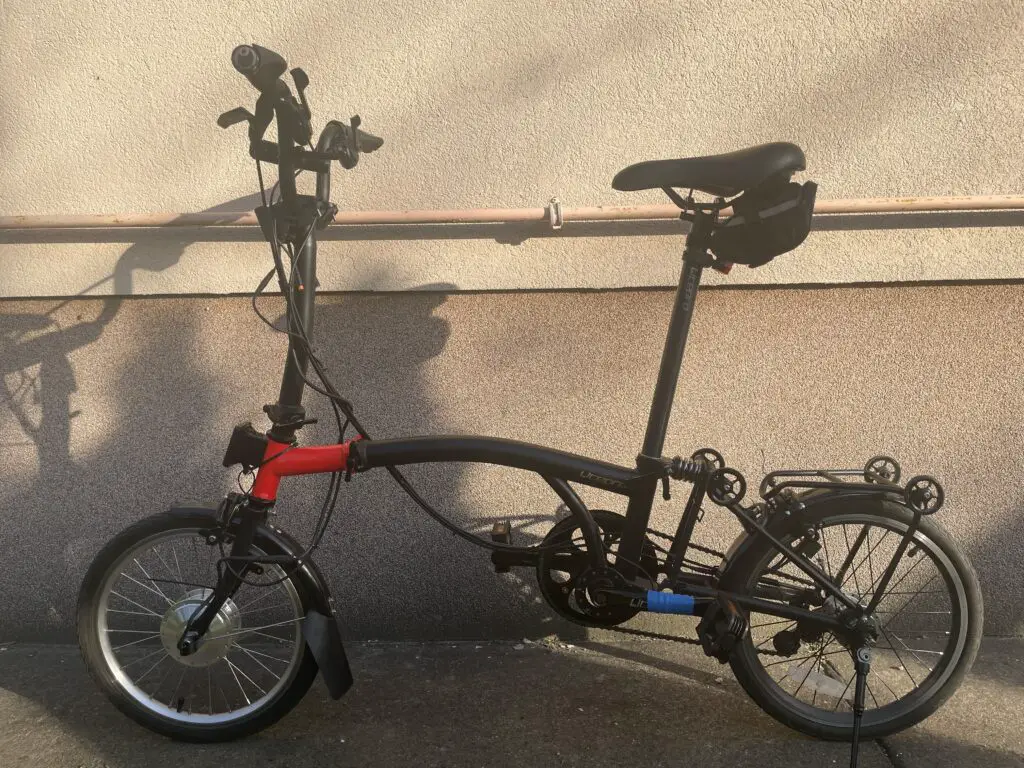
Mid-drive motors, on the other hand, are positioned near the bike’s bottom bracket and provide power to the bike’s chain, allowing for more efficient power transfer and better performance on inclines. Mid-drive systems are what you will find on mid- to high-end e-bikes. Mid-drive motors are sometimes called crank motors.
I installed a 750W Bafang mid-drive motor on my bike. This is a much more powerful motor than the Swytch and it came with a much beefier battery which I really like to use on longer hilly rides. In this case the both kits cost almost the same, c. $800.
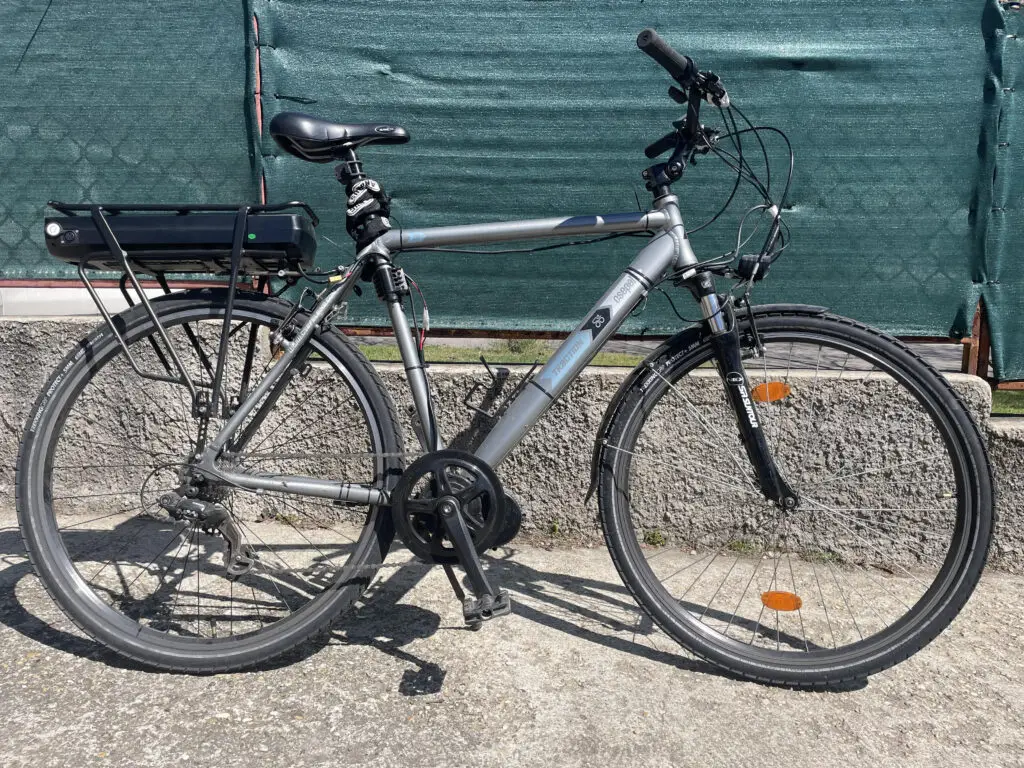
The cost of the motor depends on its type, power output, and brand. Higher-powered motors, such as those used in high-performance e-bikes, tend to be more expensive, as they require more advanced engineering and materials to deliver increased power and performance.

Additionally, motors from reputable brands known for their quality and durability may also command a higher price tag. Therefore, the motor is a significant factor in the overall cost of an electric bike.
E-bike motors are typically rated by their power output expressed as a wattage. As a general rule of thumb, the higher the wattage of an e-bike motor, the more power it can produce. A higher wattage might also increase the price.
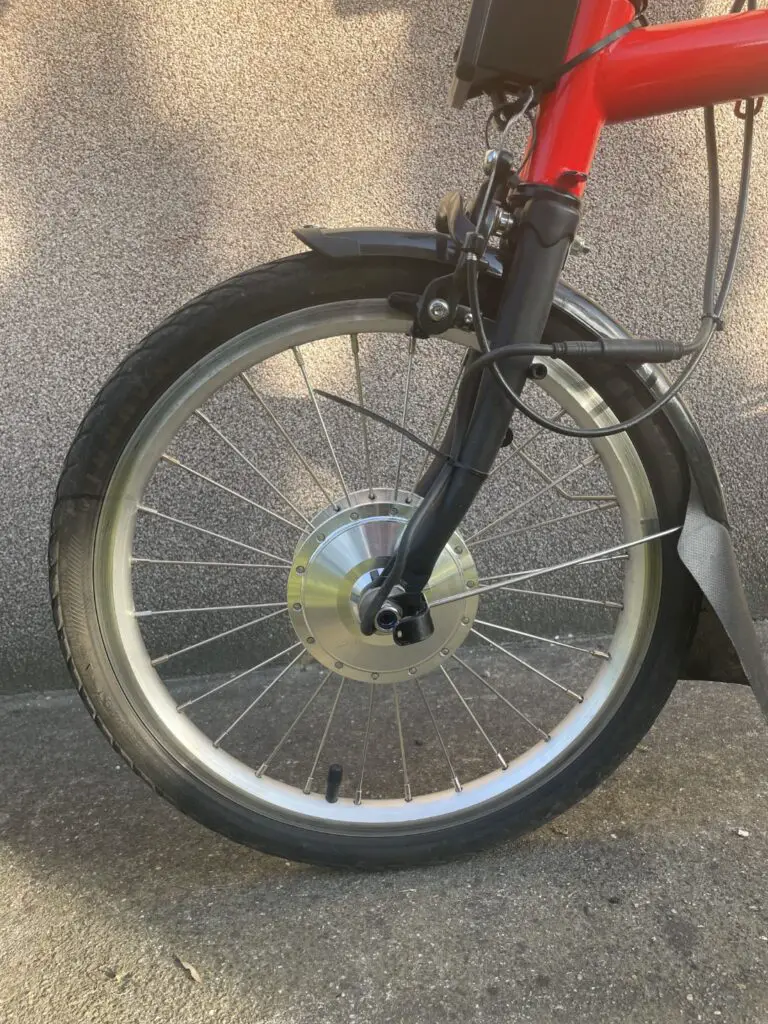
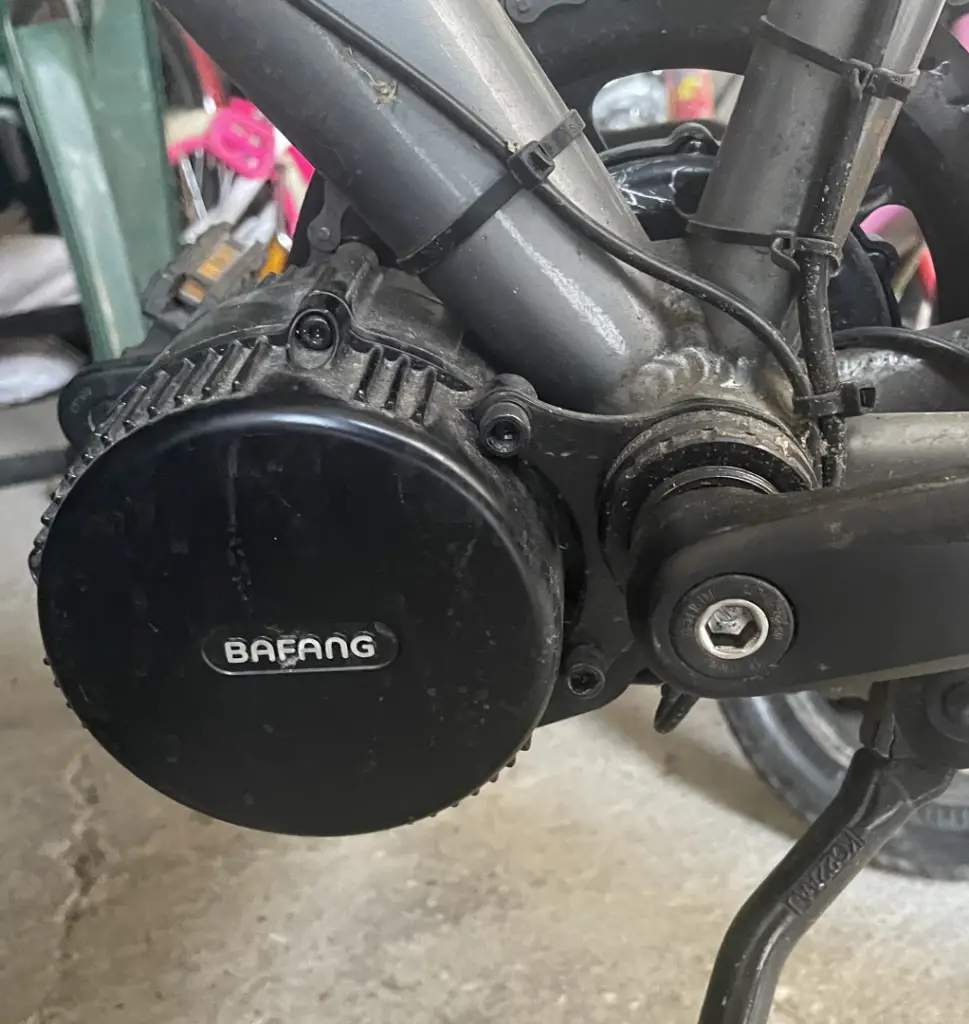
The Battery: The Power Source of the E-Bike
The battery is one of the most critical components of an electric bike, as it provides the power needed to propel the bike. E-bike batteries use lithium-ion technology, which offers a high energy density, long lifespan, and lightweight design. However, these batteries are expensive due to the materials used, manufacturing processes, and the safety features required.
The battery’s capacity, measured in watt-hours (Wh), directly affects the range of the e-bike. Higher-capacity batteries can provide longer distances on a single charge but are more expensive. Factors such as brand reputation, battery management system, and safety certifications can also influence the price of the battery.

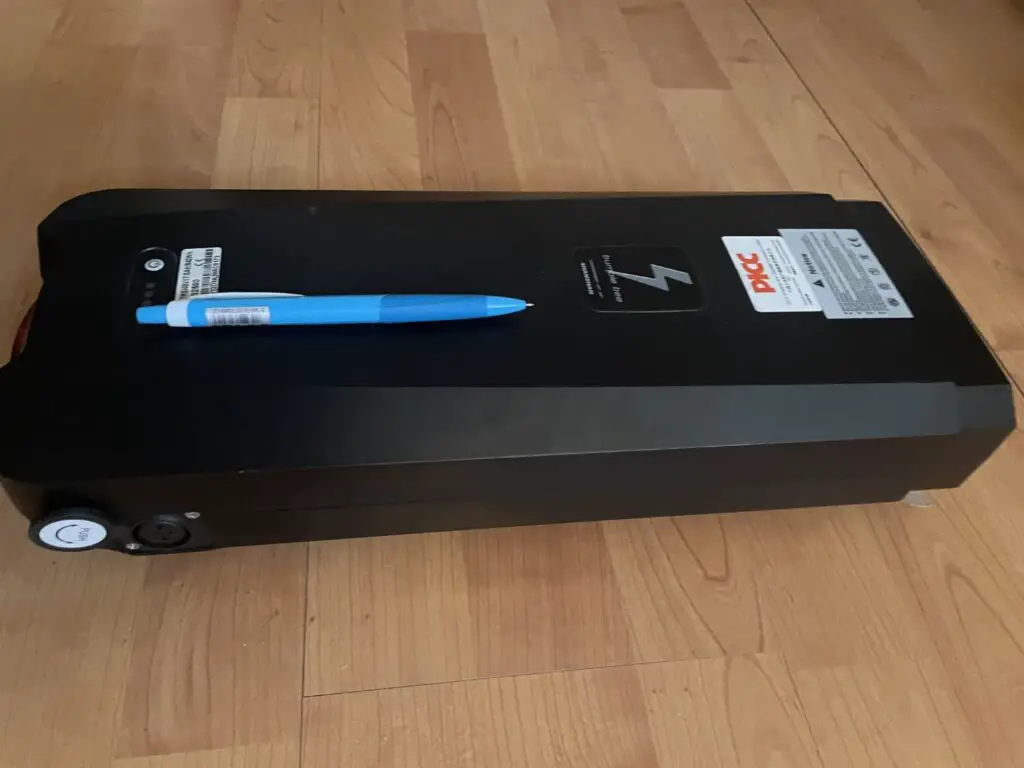
Price Difference between Entry-Level Electric Bikes and Traditional Bikes
The price difference can be quite significant when comparing the price of an entry-level electric bike to a traditional bike. Electric bikes are more expensive than conventional bikes due to the additional components and technology involved in their manufacturing.
Emobility in itself is also a quickly developing industry where new solutions come out almost on a daily basis. As part of that industry electric bikes are pretty recent compared to traditional bicycles that have been around for more than a century.
The large amount of money that goes into research and development also drives up the costs of electric bikes.
The price difference can vary greatly depending on the specific models and brands being compared. An entry-level electric bike can cost anywhere from $800 to $2000, depending on the brand, components, and features. In contrast, an entry-level traditional bike can cost as low as $300 for a basic model and can go up well above $1000 for a higher-end bicycle.
The manufacturing process for electric bikes requires additional engineering and design to ensure that the components are integrated properly and safely. For example, the frame of an electric bike needs to be designed to accommodate the motor and battery, and the wiring and connections need to be properly routed and secured. This additional design and engineering also contribute to the higher cost of electric bikes compared to traditional bikes.
Additionally, electric bikes are subject to strict safety regulations and certifications, such as EN 15194 in Europe and UL 2849 in the United States, which require rigorous testing and compliance with safety standards. These certifications add to the cost of manufacturing an electric bike as well.
Another factor affecting the price difference between electric and traditional bikes is the economies of scale. Traditional bikes have been in production for decades, and the manufacturing processes are well-established, resulting in higher production volumes and lower costs. On the other hand, electric bikes are still relatively new in the market, and the production volumes are lower, resulting in higher manufacturing costs.
In conclusion, the higher cost of electric bikes compared to traditional bikes can be attributed to the cost of the controller, motor, and battery, as well as the additional engineering, design, safety certifications, and lower economies of scale.
However, it’s essential to keep in mind that electric bikes offer unique benefits, such as eco-friendliness, efficiency, and convenience, which can outweigh the higher price for many consumers. As the technology continues to advance and production volumes increase, the cost of electric bikes may likely become more affordable in the future.
